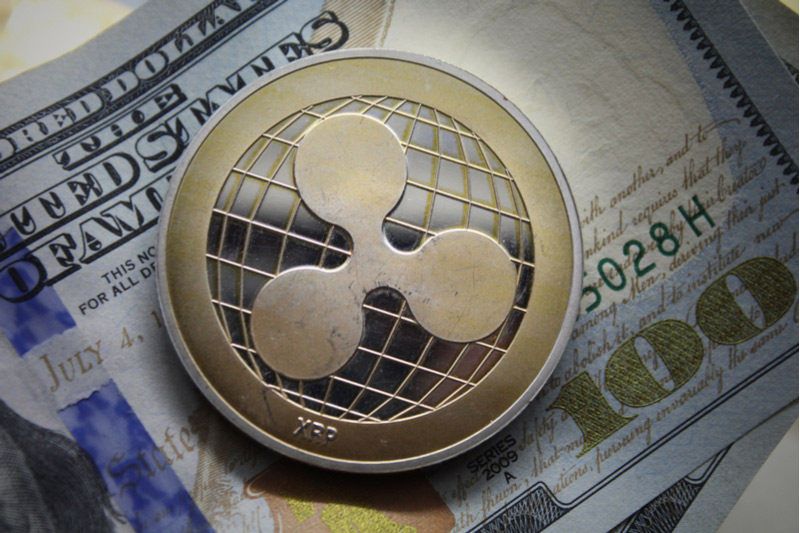Novo Nordisk, Eli Lilly fall after Trump comments on weight loss drug pricing
Coin Edition -
- Ripple’s XRP is deemed not a security, redirecting focus to payment infrastructure and market opportunities.
- XRP’s exchange supply is at a record low, indicating increased investor holding and cautious sentiment.
- Ripple’s RLUSD stablecoin and partnerships with major financial players highlight growth in DeFi and tokenized assets.
Ripple’s President, Monica Long, expressed optimism about the company’s future following a recent court ruling clarifying XRP’s status as a non-security, signaling a pivotal moment in the ongoing legal battle with the U.S. Securities and Exchange Commission (SEC).
Following a district court ruling that XRP is not a security, Ripple has refocused its efforts on enhancing its payment infrastructure and exploring new market opportunities.
The SEC’s scrutiny had presented obstacles to Ripple’s operations, yet Long emphasized the company’s resilience in strengthening its capabilities across various fronts. Ripple has made strides in developing its XRP Ledger and custody services through partnerships with institutions like Metaco. Notably, collaborations have expanded into tokenizing real-world assets on the XRP Ledger, attracting interest from major financial players such as BlackRock and JPMorgan.
Amid these advancements, Ripple’s introduction of the RLUSD stablecoin aims to further diversify its offerings without directly competing with XRP. Managed by Standard Custody, which was acquired earlier this year, RLUSD targets markets with liquidity challenges and aims to capitalize on growing institutional interest in DeFi.
The recent decline in XRP’s supply on exchanges signals a significant shift in investor behavior. Currently standing at 2.84 million XRP, the lowest since January, this reduction suggests a trend towards holding rather than selling. Despite these positive indicators, XRP’s market price has experienced a 0.13% decline over the past day, currently trading at $0.47.
Technical indicators such as the Chaikin Money Flow (CMF) and Moving Average Convergence Divergence (MACD) suggest continued bearish sentiment in XRP’s market, reflecting cautious investor sentiment. However, Long remains optimistic about the potential for an XRP exchange-traded fund (ETF), highlighting it as a milestone for the cryptocurrency alongside Bitcoin in achieving regulatory clarity from the U.S. government.
Despite facing legal challenges and changing market conditions, Ripple is making strategic advancements in technology and actively engaging with regulators. By expanding its ecosystem and addressing investor concerns, Ripple positions itself optimistically for future growth as regulations evolve.
The post Ripple Looks to Future After Court Ruling Clears Path for XRP Growth appeared first on Coin Edition.
